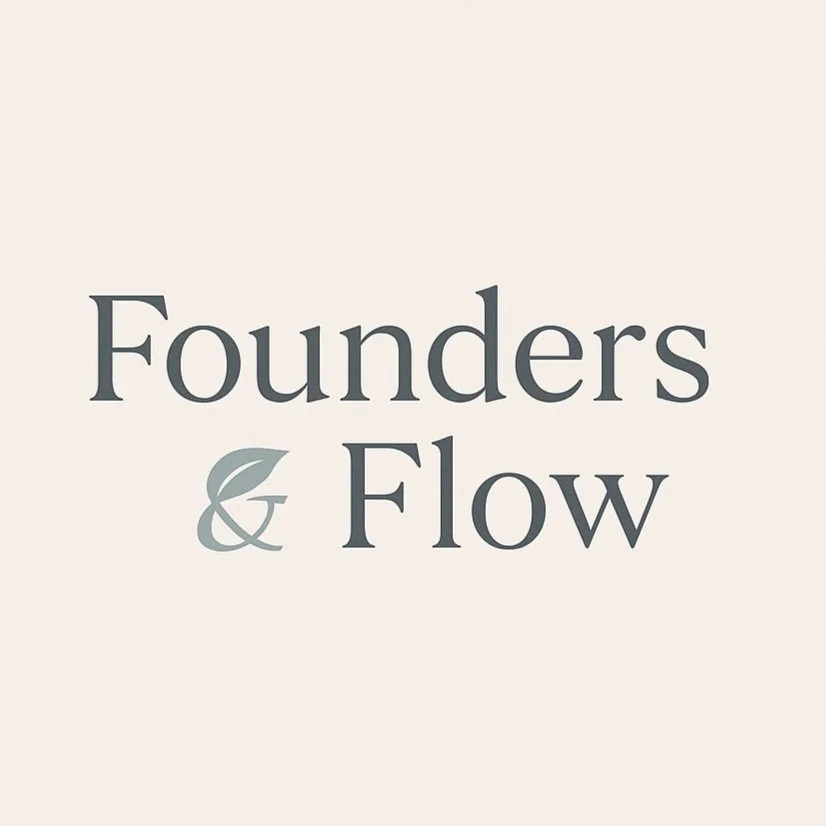The Founder Offsite Planning Checklist
Everything you need to design a purposeful, high-impact team retreat.
When founders and teams finally take time to step away, the difference between a “nice getaway” and a transformative offsite comes down to intentional planning.
This checklist helps you structure a retreat that drives real connection, alignment, and momentum - not just another company trip.
1. 🎯 Clarify Your Intentions
Before you book anything, get clear on why you’re doing this retreat.
Ask yourself:
What’s the main purpose? (e.g., reconnect post-fundraise, reset team strategy, deepen trust)
What outcomes would make this retreat a success?
Who needs to be there - and who doesn’t?
What tone do we want: reflective, strategic, celebratory, restorative?
✅ Pro tip: Write a short retreat intention statement - one sentence that captures the “why.” You’ll use it to guide every decision that follows.
2. 🏞️ Choose the Right Setting
The environment sets the tone. Choose a space that invites presence, creativity, and calm.
Consider:
Distance: far enough to disconnect, close enough for accessibility
Atmosphere: nature, warmth, privacy, and comfort
Logistics: travel time, group accommodations, meals, and Wi-Fi balance
✅ Pro tip: Natural light and outdoor space dramatically improve group energy and focus.
3. 🗓️ Design the Agenda with Intention
A powerful retreat blends strategy + connection + rest.
Use this simple structure:
Day 1: Arrive, unwind, reconnect (welcome dinner, intention circle)
Day 2: Strategy & creativity sessions (morning wellness workshop, afternoon strategy reflection & brainstorming)
Day 3: Integration & action (alignment discussion, next-step planning)
Include space for:
Team storytelling or founder firesides
Shared meals and unstructured downtime
Wellness or mindfulness sessions
✅ Pro tip: Resist over-scheduling. The best insights often emerge between sessions.
4. 🧘 Curate Experiences that Strengthen Connection
Think beyond PowerPoint. Add elements that bring people back to themselves and to each other:
Guided mindfulness or yoga
Nature walks or sunrise hikes
Cooking together, creative sessions, or shared reflection
✅ Pro tip: Mix serious conversations with light, human moments - that balance is where trust grows.
5. 💬 Facilitate, Don’t Just Lead
Even the best founders can’t facilitate and participate at the same time.
Assign a retreat lead or bring in an experienced facilitator
Create psychological safety so everyone can contribute
Use structured prompts for discussions (values, direction, roles)
✅ Pro tip: Founders & Flow often designs facilitation frameworks so leaders can focus on connection, not logistics.
6. ✍️ Capture and Integrate Insights
The retreat doesn’t end when you go home.
Before you wrap up:
Summarize key decisions and action items
Capture team reflections and commitments
Plan a follow-up session or check-in
✅ Pro tip: End with a “return ritual” - something symbolic that brings closure and intention back into work life.
7. 🌿 Add Wellness Touchpoints
To help your team reset fully:
Group meditation or breathwork session
Group health-hack workshop
Nourishing meals and limited screen time
Light movement (yoga, stretching, walks)
✅ Pro tip: The deeper the rest, the clearer the strategy.
✨ Bonus: The Founders & Flow Framework
At Founders & Flow, we design retreats that balance strategic clarity and human connection.
We handle the end-to-end process, from destination selection and program design to on-site facilitation, so you can focus on what really matters: your team and your mission.
